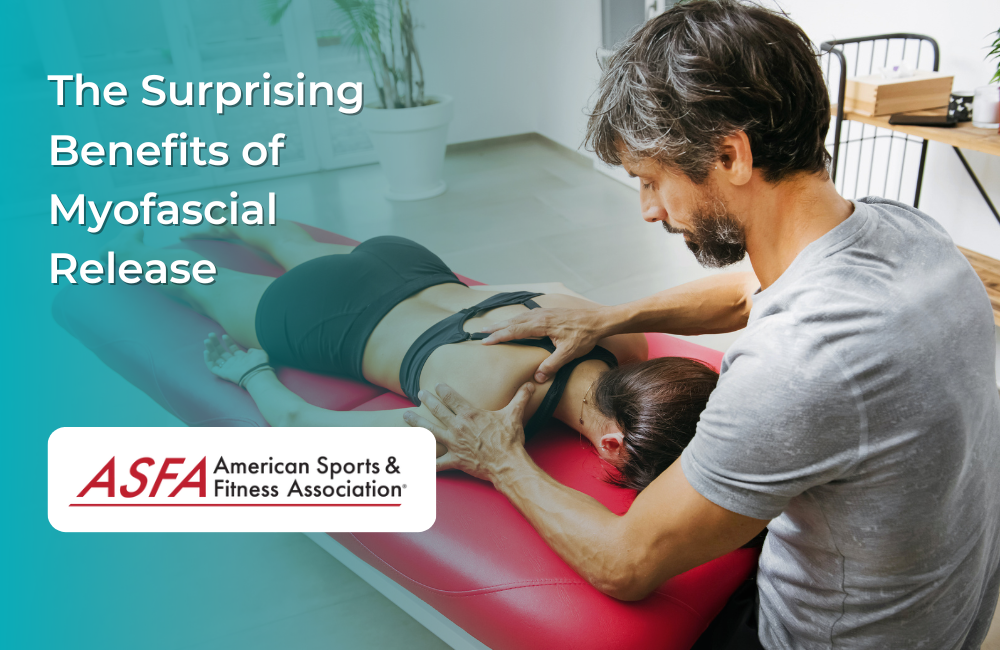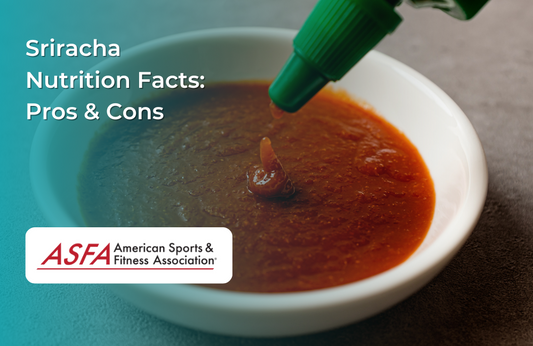Do you suffer from chronic pain, tightness, or tension in your muscles? If so, you may have heard of myofascial release – a therapeutic approach used to treat myofascial pain syndrome. Myofascial release is an effective treatment that can help relieve pain and restore mobility, as well as provide many other surprising benefits. In this blog post, we'll discuss the potential advantages of myofascial release and why you may want to consider incorporating it into your healthcare routine.
What is myofascial release?
Myofascial release is a type of soft tissue therapy used to treat pain and restore mobility. It involves applying gentle pressure and stretching to the body's myofascial connective tissue, which surrounds and supports the muscles throughout the body. This form of therapy helps to alleviate restrictions in the fascia, improving blood flow, relieving muscle tension and restoring proper posture and balance.
Myofascial release can be used to help with a variety of conditions including chronic pain, headaches, postural imbalances, sports injuries and even emotional stress. It can be used as part of a comprehensive treatment plan or as a stand-alone therapy.
Myofascial release is an effective way to reduce pain and increase flexibility while also promoting relaxation. The therapist uses their hands to locate areas of tension in the body and then applies pressure in a specific direction in order to stretch the fascia and release restrictions. This gentle manipulation helps to restore the body’s natural balance and can have both short-term and long-term benefits for those suffering from chronic pain and other conditions.
How does myofascial release work?
Myofascial release is a type of physical therapy technique used to treat tight and tender muscles that can cause pain and restricted movement. It involves applying gentle, sustained pressure to the affected area in order to help reduce tension and restore muscle function. Myofascial release is based on the idea that the connective tissue (fascia) surrounding muscles can become tight and restricted due to injury, overuse, stress or postural imbalances. The technique helps to gently stretch and soften the fascia, allowing the underlying muscles to relax and become more flexible.
Myofascial release is typically performed manually by a trained therapist. The therapist will use their hands, fingers, thumbs, knuckles or elbows to apply slow, deep pressure to the affected area. The goal is to release any built-up tension, improve range of motion, and reduce pain. Myofascial release can also be done with tools such as foam rollers, massage balls and massage sticks.
The therapist will typically begin by warming up the tissue with short strokes before gradually increasing the pressure. The therapist may then move the muscle in different directions to help stretch and loosen it. Depending on the severity of the injury, multiple sessions may be necessary for full recovery. Myofascial release can be combined with other treatments such as massage therapy, chiropractic care and physical therapy for maximum effectiveness.
The benefits of myofascial release
Myofascial Release (MFR) is a form of physical therapy that can be beneficial for anyone who experiences pain or stiffness in the body. This type of treatment works to help release tight, restricted fascia by using gentle and sustained pressure to relax and stretch the fascia. This helps reduce pain, improve flexibility and restore balance throughout the body.
One of the most significant benefits of Myofascial Release is improved mobility. MFR helps release tension in the soft tissues which can help improve range of motion, allowing you to move more freely. MFR can also help improve posture and reduce pain associated with muscle imbalances caused by prolonged sitting or other activities.
Another key benefit of Myofascial Release is stress relief. By releasing tension in the body’s connective tissue, it can help to reduce stress, anxiety, depression and overall emotional well-being.
MFR can also be beneficial for those who suffer from chronic pain, such as fibromyalgia, as it can help reduce inflammation and increase circulation in affected areas. Additionally, since MFR helps to improve posture, this type of treatment can be beneficial for those who suffer from lower back pain or shoulder pain.
Finally, MFR can also be used to help athletes recover faster from intense physical activity or injuries. By increasing blood flow and improving mobility, MFR can help athletes perform better and reduce their risk of injury.
Overall, Myofascial Release offers a wide range of benefits that can be beneficial for anyone looking to improve their health and wellbeing. From reducing stress and improving mobility to helping athletes recover faster, MFR is an effective treatment that has many potential benefits.
Who can benefit from myofascial release?
Myofascial release is a type of massage therapy that can benefit anyone looking to improve their physical health and well-being. The soft tissue manipulation used in myofascial release can help with a wide range of conditions, from muscle and joint pain to chronic stress and tension. It has even been used to treat conditions like fibromyalgia, carpal tunnel syndrome, chronic fatigue syndrome, and postural imbalances.
It can be particularly useful for those who are physically active or participate in high-impact sports, as it helps the body recover more quickly and allows the muscles to move more freely. Myofascial release can also be beneficial for people who suffer from chronic neck and shoulder pain, or those who have sustained an injury that affects their mobility.
Overall, anyone looking for an effective way to reduce tension, improve mobility, reduce inflammation, or just generally improve their physical health and well-being can benefit from myofascial release.
How often should you get myofascial release treatments?
The frequency of myofascial release treatments will depend on your individual needs and goals. Generally, it is recommended to receive myofascial release treatments every four to six weeks. If you are dealing with chronic pain or an injury, it may be beneficial to receive more frequent treatments, such as once per week. On the other hand, if you are looking to maintain flexibility and mobility, it is recommended to receive treatments every month or so.
The best way to determine how often you should receive myofascial release treatments is to speak with a certified myofascial therapist. They will be able to assess your individual situation and advise you on the most beneficial frequency for you. Ultimately, your therapist will be able to customize your treatment plan to ensure that you get the best results possible.





